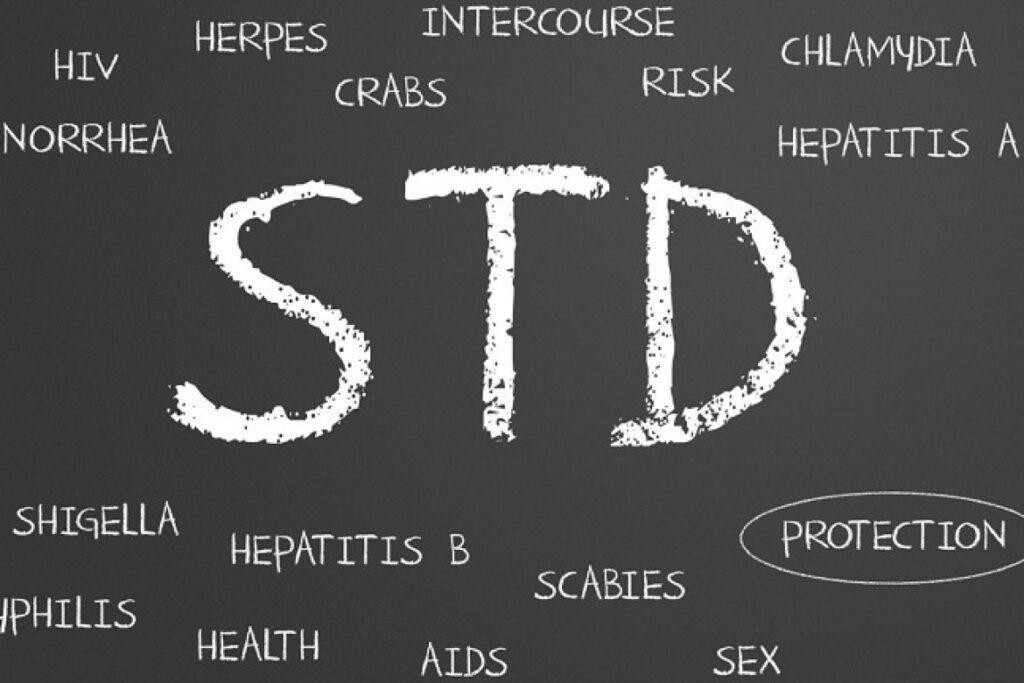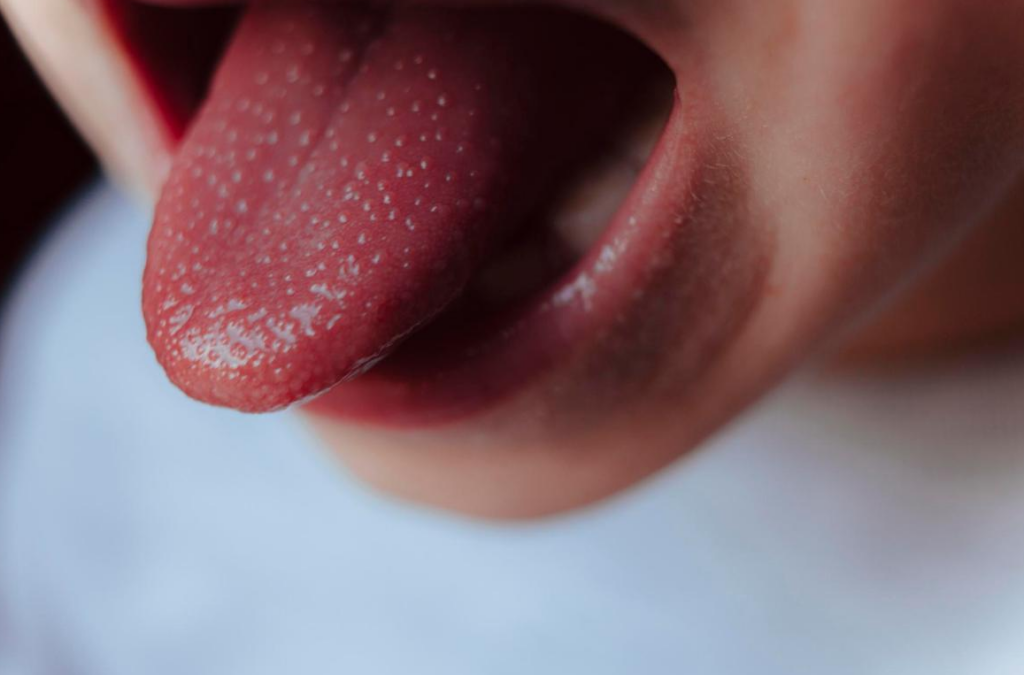Do you have tongue blisters that are so bothersome? We have all you need to know including on causes whether white, red, small painful or painless. We will also look at case toddlers as well as cures and treatments.
Your tongue is a small organ in the body but plays a vital role in everyday life such as speech and taste. The appearance of tongue blisters inhibits its daily activities. They may feel like small bumps or pimples filled with colorless fluids or colored fluids.
These tongue blisters can be sore, painful or painless. They have similar characteristics with cold sores and fever blisters that are highly contagious.
What causes tongue blisters?
Why do I have blisters on my tongue? Is it an STD or do I have another problem? If you are wondering why you got them, you deserve to know that some of the causes include:
Injuries
Injuries on the tongue can lead to the development of blisters that are sore. Some of these injuries are caused by eating crunchy foods, sucking hard candies, biting your tongue or sipping an excessively hot beverage.
These may result in painful ulcers that take the time to go away, but unless infection develops, they usually aren’t a cause for concern. If your tongue is very sensitive to such then you have no option but to avoid these foods or activities.
Tongue blistering due to STDs

Sexually transmitted infections usually lead to the development of blisters around the mouth. These small painless blisters at the site of appearance are one the signs of syphilis in its primary stages. If you got through oral infection, then they may appear.
Mucoceles
These small bumps usually appear due to the blockage of salivary ducts. It usually appears as blisters below the tongue and them not painful in most occasions. Consult a medical specialist if you are bothered with these blisters.
Burns
Eating hot foods may burn your tongue and in turn, lead to the formation of blisters that appear to be very painful. Those due to burning are common to those people fond of tasting foods to confirm if they ready to be served and these blisters will appear at the tip of the tongue.
Canker Sores
These are lesion with red borders that usually cause discomfort to many people who happen to have them. Although they are not contagious, they usually develop in the mouth on the tongue, inside cheek areas, lips, and gum line and throat area.
Hand, foot and mouth disease
This viral infection causes the formation of small or tiny white blisters mostly among the toddlers. Hand foot and mouth also affects adults, though in extremely rare cases. They can result in high fever experiences among the children during the first three days.
Herpetic stomatitis

It is also a viral infection, which starts as blisters on the cheek, then it spreads to gum and roof of the mouth. They could even affect the side of the tongue. They then continuously cause small painful sores and ulcers on the tongue. These infections mostly appear in children or toddlers.
White tongue blisters
The appearance of white tongue blisters on the tip, side, back, or on the tongue can cause many problems such as speaking and even tasting or eating food. They are caused by the following underlying conditions:
Leukoplakia
They are white patches that usually appear on the gums and even in the mouth which later forms on the tongue. Leukoplakia is mostly caused by excessive chewing of tobacco or smoking tobacco. The condition also carries a small risk of developing into oral cancer.
Oral thrush
This refers to an overgrowth of fungus on the tongue which could result in white patches and bumps on. White bumps and lesions that appear on the tongue and may show on the gums or the inside of the cheek as well. Attempting to scrape off can cause bleeding.
Hairy Leukoplakia

These fuzzy white patches appear on the sides of the tongue as ridges or folds. These patches result from infection with the Epstein-Barr virus (EBV), which lasts a lifetime but remains dormant in the body until a weakened immune system sparks an attack, according to the Mayo Clinic.
Other causes of white ones include:
- Injuries
- Foot and mouth diseases
- Burns
- Cankers sore etc.
Red blisters
The occurrence of big or small red blisters or dots on someone’s tongue causes a lot of discomforts since it is majorly associated with STDs like HIV or cancer. Most of these dots or blisters are caused by the following:
Lie bumps
They are the little red bump that appears when papillae become irritated and slightly swollen. They mostly caused by accumulated stress, local trauma, splitting taste buds, acidic or sour foods, smoking, menstruation, etc.
Scarlet fever

It is a bacterial throat infection caused by the various strains of Streptococcus, which in turn leads to the development of tiny bumps or blisters on the tongue.
Strep throat
This refers to a bacterial infection that causes the growth of red blisters at the back of your tongue. These small dots will be either dark red or bright red.
Some other causes include:
Besides the above, other possible causes include the following:
- Injuries
- STDs
- Foot and mouth diseases
- Kawasaki diseases
- Oral cancer etc.
Small blisters on tongue

The tongue is an example of muscle that is covered with a protective membrane, and small, white bumps on the tip of the tongue may interfere with eating or speaking.
Causes include:
- Fungiform papillae
- Cankers sore
- Thrush
- Injuries
On a child
Tongue blisters on children are mostly caused by a disease known as hands, foot and mouth disease that makes them get a fever first, then red spots with blisters in the middle. This disease is contagious. This disease is spread through pus in the blister, bowel movements and mouth and nose secretions. Some other possible causes include:
- Oral herpes
- Oral thrush
- Mucoceles
- Eruption cysts
- Measles
Painful ones

Tongue blisters are painful sores that usually accompanied by burning sensation and cause discomfort while eating, speaking and drinking as they make it difficult to carry out activities involving the use of the tongue. These blisters are caused by the following:
- Common injuries such as tongue biting while eating.
- Viral infections
- Nutritional deficiency
- Food allergies
- Sore Throat infection
Cure, treatments, and home remedies
Unless you have been diagnosed and you know what the cause of your problem is, it is not easy to mention treatments. Each of the causing diseases such as measles, oral herpes, oral thrush, hand, foot and mouth, strep throat, etc. have specific treatments, which will be prescribed by a healthcare professional.
However, to help you deal with your tongue blisters at home, here are some of the home remedies you should give a try:
Apply ice
It has a numbing effect that will give you soothing and immediate relief from the pain even it reduces swelling and inflammation.
Apply Aloe Vera

It is used to treat tongue blisters due to its natural healing and antibacterial properties. Aloe vera can speed up healing and reduce pain and inflammation.
Hydrogen Peroxide
It has strong antibacterial and disinfectant properties that help kill bacteria as well as reduce the risk of infection.
Tea Tree Oil
It contains antiseptic as well as antibacterial properties that make it a very effective treatment for tongue blisters.
Basil
It as antibacterial, anti-inflammatory and antiseptic properties that can reduce symptoms like pain and inflammation. It can even speed up the healing process.
Don’t pop your blisters and see a doctor

It is not advisable to try popping them, whatever the reason. Some blisters may burst on their own, but do not ever try to force it open as this is open it up for infection.
Also, make short notice to visit a medical specialist if you have weird ones as in some rare situations mouth sores could show signs of a more dangerous underlying problem such as an inadequate nutrient or cancer.

